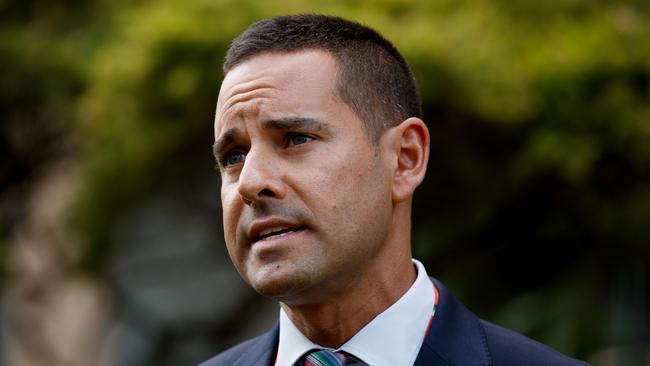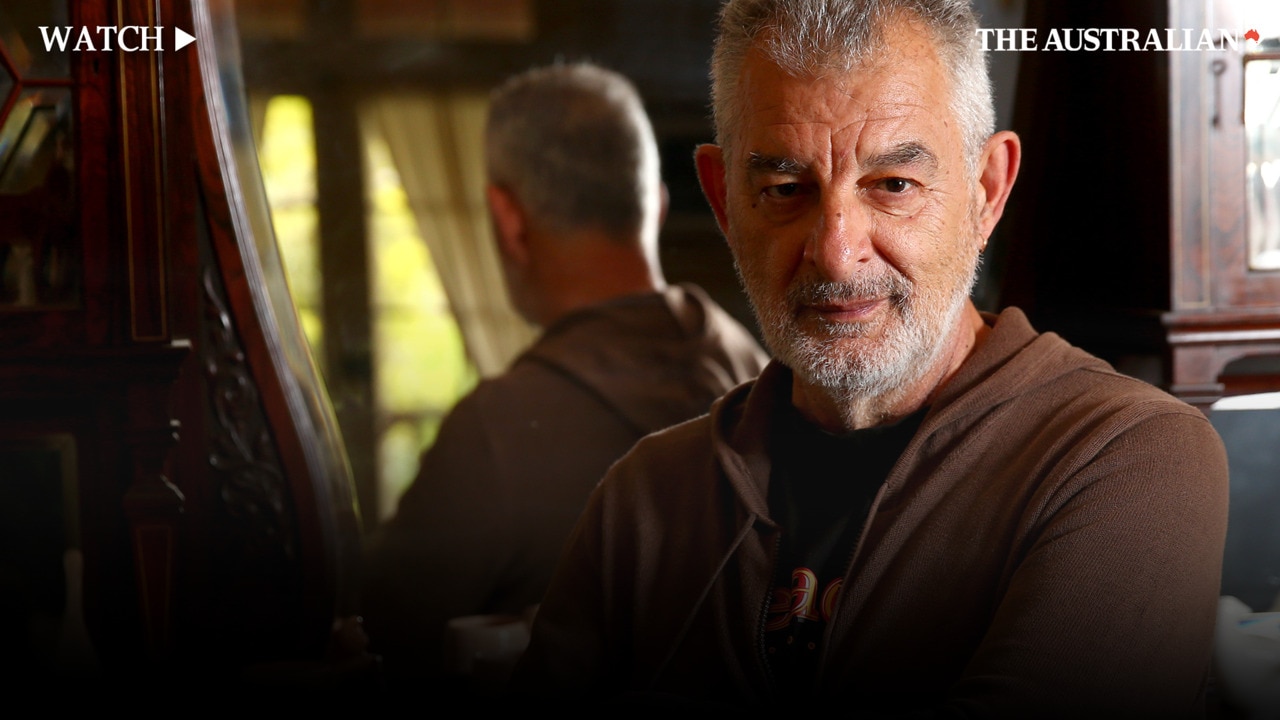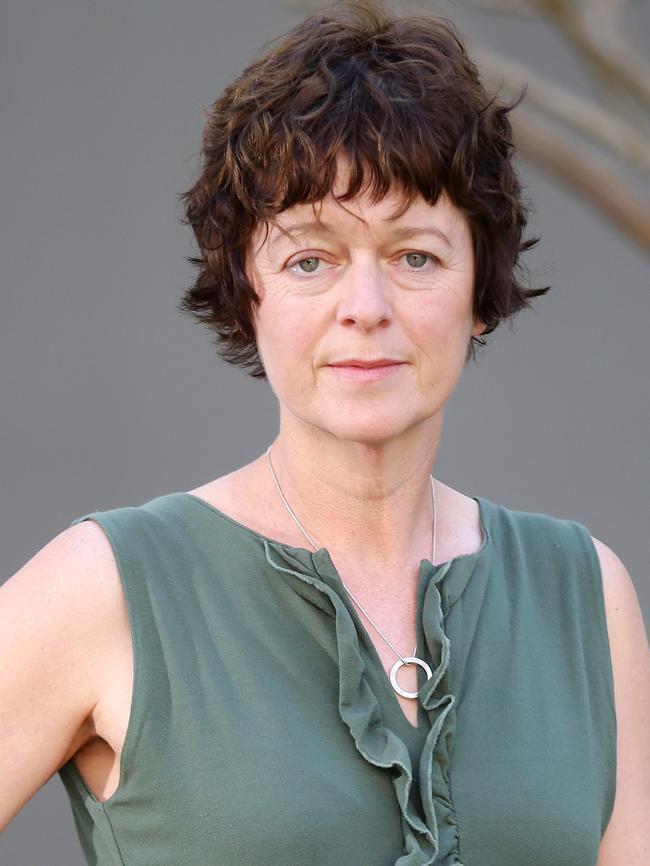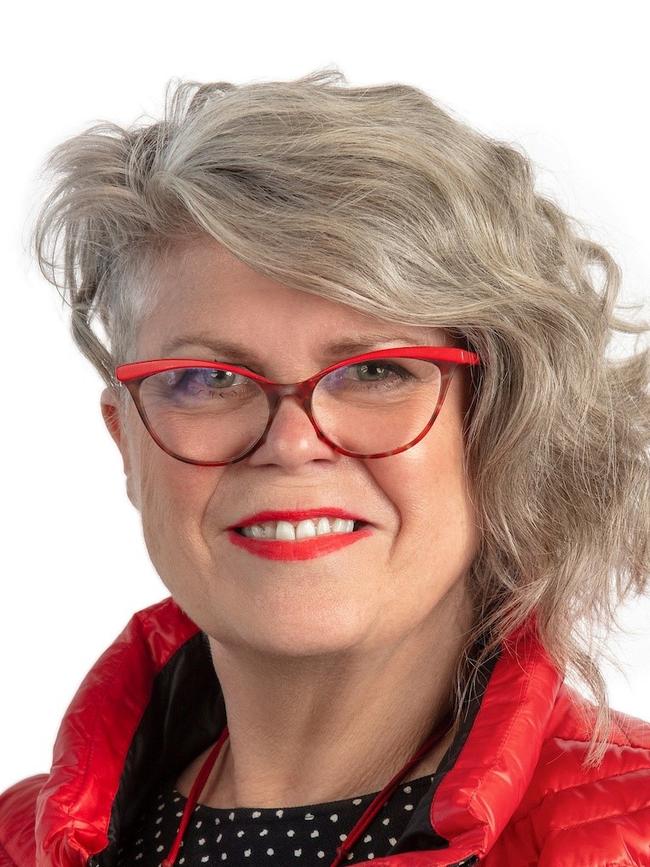Australian MP says voluntary assisted dying regime prevents suicide. Is he right?
NSW Independent MP Alex Greenwich told a UK parliament committee that voluntary assisted dying prevents suicide. How does this stack up against the data?

NSW independent MP Alex Greenwich has told a UK parliamentary inquiry voluntary assisted dying is “an important form of suicide prevention” despite suicide numbers in his state increasing since VAD became available.
The member for Sydney in the state parliament gave in-person evidence last week to the UK parliament’s public bill committee, which is examining its Terminally Ill Adults (End of Life) Bill that will give effect to its recently passed commitment to introduce VAD.
In his testimony, Mr Greenwich said one of the catalysts for the VAD regime introduced in NSW in late 2023 was the state coroner reporting “a number of really horrible suicides of people with terminal illness who felt they had no option”.
“That was backed up by paramedics and police who would arrive on site,” he told the committee.
“Voluntary assisted dying in NSW is an important form of suicide prevention.”
Mr Greenwich then expanded on the point, saying “in NSW the experience of voluntary assisted dying has been a form of suicide prevention”.

When Conservative MP Danny Kruger put to him that assisted suicide had a contagion effect on other suicide, Mr Greenwich reiterated his argument, saying “voluntary assisted dying is a form of suicide prevention”.
“If someone wishes to end their life, voluntary assisted dying is not the process they are going to take,” he said. “It is a process that provides a safeguard to ensure that people are getting full information on palliative care and getting social supports.”
The NSW voluntary assisted dying legislation came into effect in November 2023, allowing terminally ill people to request VAD.
According to the latest data from the NSW Health’s NSW Suicide Monitoring System, the number of suicides in the state from January 1 to November 30, 2024 was 883, up from 866 for the same period in 2023.
Among over-65s the number of suicides in NSW increased from 166 in the first 11 months of 2023 to 185 for the same period last year.
In Victoria, where VAD has been in operation since mid-2019, suicide numbers have trended upwards.

Victorian Coroners Court data shows that for the 11 months from January-November 2020 there were 617 suicides, compared to 719 for the same period in 2024. This was slightly down on the 725 from January-November 2023.
Asked by The Australian what evidence he had to show VAD prevented suicide, Mr Greenwich said “there is no evidence of any link between the legislation of compassionate voluntary assisted dying and an increase in suicide rates”.
“Voluntary assisted dying is not suicide,” he said. “Prior to the law changing in NSW, the Coroner, as well as paramedics, told us that people with a terminal illness were engaging in lonely and gruesome suicides as they felt helpless.
“We legislated to divert that cohort to a doctor to discuss all their end-of-life options. As a result 85 per cent of those who have applied for voluntary assisted dying are accessing palliative (care),” he said.
The link between suicide reduction and VAD is contentious.
“If there is any overlap between people using VAD and those considering suicide, it’s likely to be a very small group, as people who die by suicide do so for a wide range of reasons outside of terminal illness,” Black Dog Institute associate professor Fiona Shand said.
“Without knowing the uptake of VAD it’s hard to tell if it is likely to reduce suicide in those age groups who would usually take up VAD,” Associate Professor Shand said.
“We’d need a few years of data in order to detect a trend, and it’s unlikely we’d be able to attribute changes in that trend to VAD because there are so many influences on suicide.”


Sally Cockburn, president of VAD practitioner advocacy group Voluntary Assisted Dying Australia and New Zealand, agreed the causes of suicide are “tragic and complex”.
“We should be wary of drawing conclusions from statistics. Suicide prevention organisations will tell you that a range of factors interact to increase or decrease suicide risk.
“Any one change – such as the introduction of VAD laws – is highly unlikely to show up in data,” Dr Cockburn said.
Laws giving effect to the right to VAD were passed in the British parliament in late November, by 330 votes to 275, after a lengthy and emotional debate.
British Prime Minister Sir Keir Starmer voted for the reform but Health Secretary Wes Streeting voted against, raising the “slippery slope” argument that once VAD was entrenched the parameters may be expanded over time.
All Australian states now have a VAD regime in place, with Victoria’s in place the longest and NSW the most recent.
The most recent figures published by the various state VAD boards show that 9100 people have formally begun the VAD assessment process, with 3840 dying after being administered a VAD substance.
Victoria has recorded 1282 deaths and Queensland 1140 despite the regime starting in January 2023.
In NSW 1141 people sought VAD in the seven months to June 2024, with 398 deaths. In Western Australia more than 700 have died so far through VAD, nearly 200 in South Australia and 87 in Tasmania.
The typical VAD applicant in Australia is aged 70-79, more likely male, and has been diagnosed with cancer.
In 2023, the most recent national data available, there were 3214 suicide deaths, a rate of 11.2 per 100,000 population. In the last 20 years it has fluctuated between 10 and 13 per 100,000 population.
Readers seeking support and information about suicide prevention can contact Lifeline on 13 11 14





To join the conversation, please log in. Don't have an account? Register
Join the conversation, you are commenting as Logout